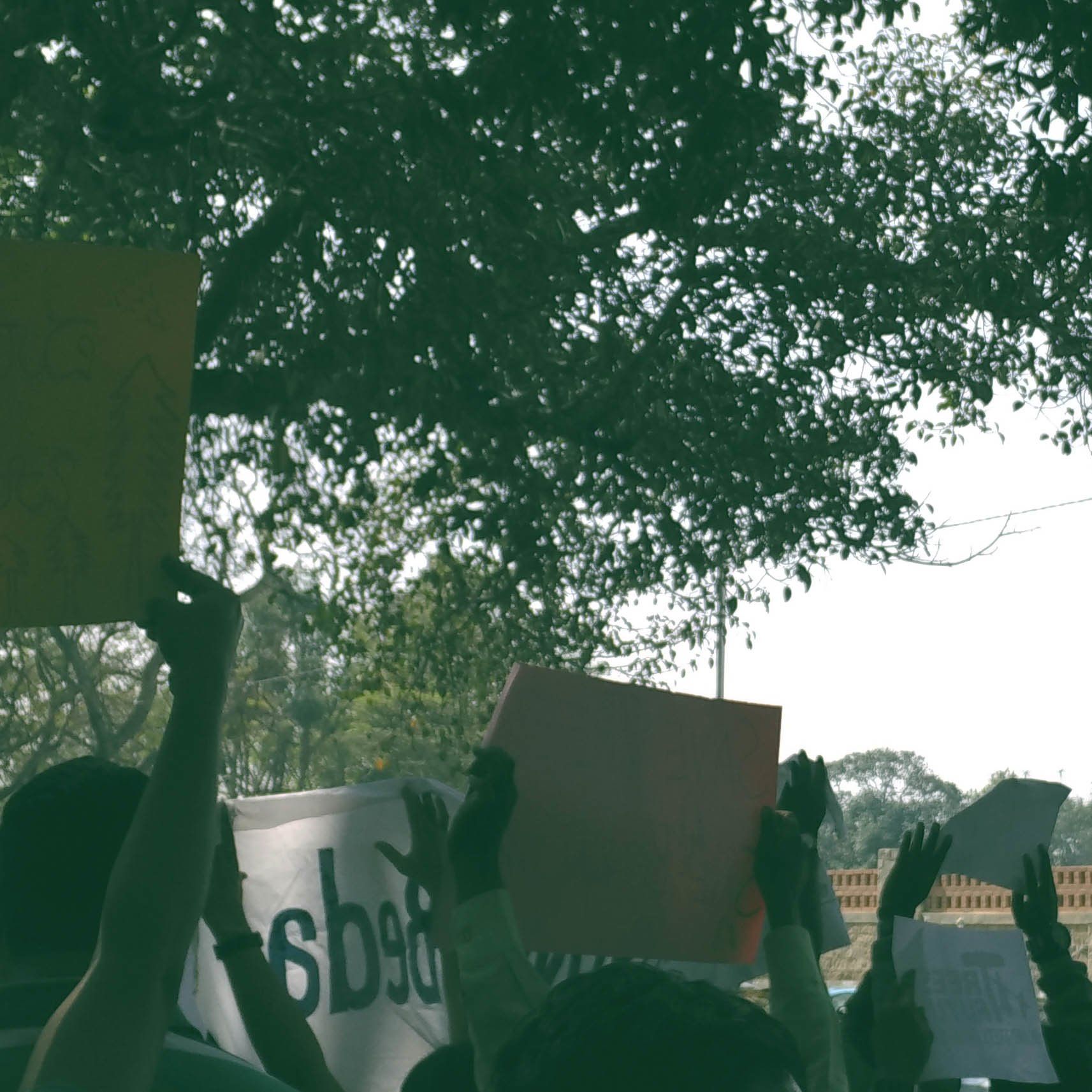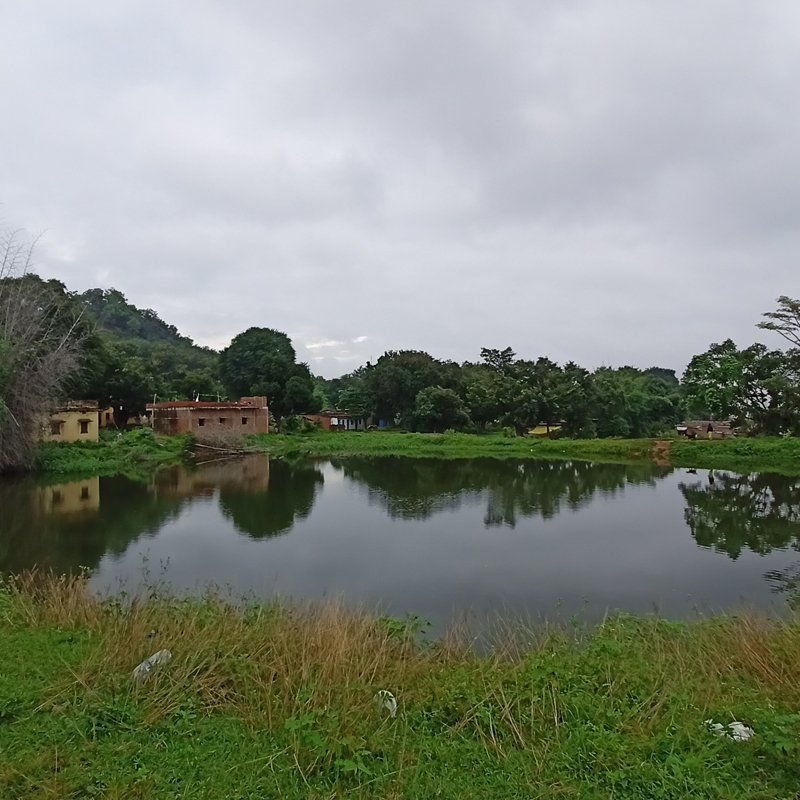Situating Urban (City) Resilience within the City-Region
Being a member of the Adaptation Research Alliance, ARA (a global, collaborative effort to increase investment and opportunities for action research to develop/inform effective adaptation solutions) and an ARA Micro grantee, Integrated Design (INDÈ) was invited to organise a networking session at the Global Gobeshona Conference-2 (conference theme: exploring locally led adaptation and resilience for COP27). The networking session was titled ‘Situating Urban (City) Resilience within the City-Region’ and was held on 1 April 2022.
Session Overview
Mapping natural geography across landscapes, this networking session questioned the binary structuration of rural and urban that is popular in plan and policy development. While this structuration is widely and distinctively used as enquiry points and analytical frames to varyingly provision the people and places within these binaries, in effect, urban and rural are intrinsically linked. Even as the impacts of globalization, structural transformations of the economy and the recent climate change and attendant vulnerabilities manifest across these binaries, more than ever before the conventional divide between the agrarian rural and the industrial and services urban is blurring. Thus, in addressing questions around urbanisation and climate induced vulnerability and resilience, the rural-urban binary becomes a limiting factor.
This session through expert presentations and free flowing discussions aimed to position the city-region (irrespective of the urban and the rural) and attendant restoration as the canvas for systemic adaptation at all scales. Premised on the established urban-rural linkages, the discussions also explored how decentralised modes of thinking and acting can fuel action (and by extension policy feedback) in enhancing the resilience across at the multiple scales- city region scale (which cuts across the binary structuration), or at the sub-city scale. In doing so, the session explored ways and methods of acknowledging and foregrounding traditional knowledge and the every-day lived experiences as critical entry points to achieving locally led adaption towards resilience. The session panellists were Aninhalli R. Vasavi (Punarchith), Anna Taylor (Research fellow with the African Climate and Development Initiative), H.S Sudhira (Director, Gubbi Labs), Mariana Vidal Merino (Coordination Hub, Plan Adapt) and, Anjali Karol Mohan (Partner, Integrated Design).
Discussion
Setting the city-region as a potential canvas for adaptation, one of the key issues that the discussion brought out was the social, economic, and natural distress in rural areas induced by unprecedented urbanisation; cyclically and adversely affecting both the urban and the rural. There is often an ‘adverse integration’ of the rural world- inclusive of its production, labour and resources- into the larger political economy leading to expropriation of rural labour value, resources, and embedded knowledge systems. This adverse integration renders rural hinterland as highly vulnerable sites to climate change impacts.
The rural distress brought in by urbanisation was also further discussed in the session through examples of water resource management in the South African context. An exploration of the various natural and anthropogenic flows into, within and from cities (through a water metabolism approach), revealed various ‘dials’ that can be turned into positive or negative directions to manage the resource. Sustainable and inclusive resource management at the city region would necessitate an understanding of the actors who can influence these dials, and how these influences can be reconfigured to shift resource management from an approach based on competition to one based on solidarity and care. There is an urgent need to shift resource management from a ‘command and control’ to a more ‘bottom up’ approach where urban and rural communities work together to rehabilitate and conserve critical resources that they share and rely on. The session called for a need to change the relationship between urban and rural societies from that of ‘adverse integration’ to one of solidarity and care. While researches from across the globe pointed to existing frameworks for rural forums for protecting and managing resources (like ground water), a good conception or practise of what such forums could look like in urban areas is absent. To this end, the session pointed towards the potential role of local political representatives in mobilising users in urban areas which have highly diverse and contested demands for resources like water.
In the context of sub-national governance systems, the session illustrated cases of ‘entrepreneurial bureaucracy’ where public services like water supply, power, and transport are corporatized by the state and become highly techno managerial (New Public Management approach). This leads to lack of accountability, increased monopoly, reduced role of elected representatives, and lack of public participation. In such a governance context, the positioning of an effective agenda to address climate change impacts at different scales becomes highly ambiguous. The discussion called for a need to promote decentralised, democratised, and convivial forms of natural resource conservation rooted in and drawing from local knowledge systems and skills.
Through the example of Tamale in Africa, and Ranchi in India, the session explored ways and methods of acknowledging and foregrounding local initiatives (like urban agriculture), traditional knowledge and the every-day lived experiences as critical entry points to achieving locally led adaption towards resilience. While initiatives like urban agriculture has the potential to address increased emissions and food insecurity, these areas are under constant threat due to unsupportive governance systems (with limited capacity and corruption) and lack of formal mechanisms to practise the same.
Illustrated through the case of Ranchi, the session also foregrounded the importance of traditional knowledge systems in managing resources and the insights that it can offer in the present day context of increasing climate change risks. There is an urgent need to construct, communicate and institutionalise bottom-up planning scripts (as supplements to the top-down planning processes) that foreground the restoration and reparation of natural landscapes (and by extension socio-cultural) disruptions/ fragmentations to bridge inequalities in the urban. Traditional and local knowledge systems and lived experiences – historic and contemporary – could become potential pathways to inclusive planning.
The current discourse on climate change is increasingly recognising the value of locally led initiatives and traditional knowledge systems in adaptation and mitigation. This increased interest is already translating into climate finance in promoting adaptation and mitigation initiatives at the local scale. At the same time, climate action plans at the national and sub national levels are continuing to gain traction. Positioning these interests in a hierarchy reveals the limited significance rendered to the municipal or local government scale – a scale that has the potential to integrate and speak to the local and national/sub-national initiatives. This scale has the potential to acknowledge, collate, and integrate local knowledge systems within its policy and planning exercises through participatory and ground-up pathways.
At the same time, it can feed into and draw from climate action plans at the sub-national and national scales. The robustness of governance mechanisms at the municipal scale can ensure that the adaptation and mitigation efforts (local and national) do not fall into disconnected silos and impede effective impact.




